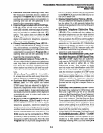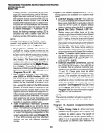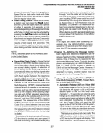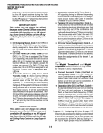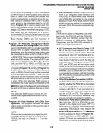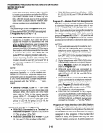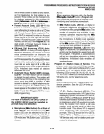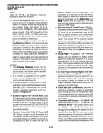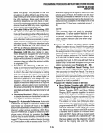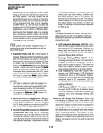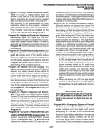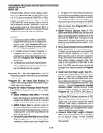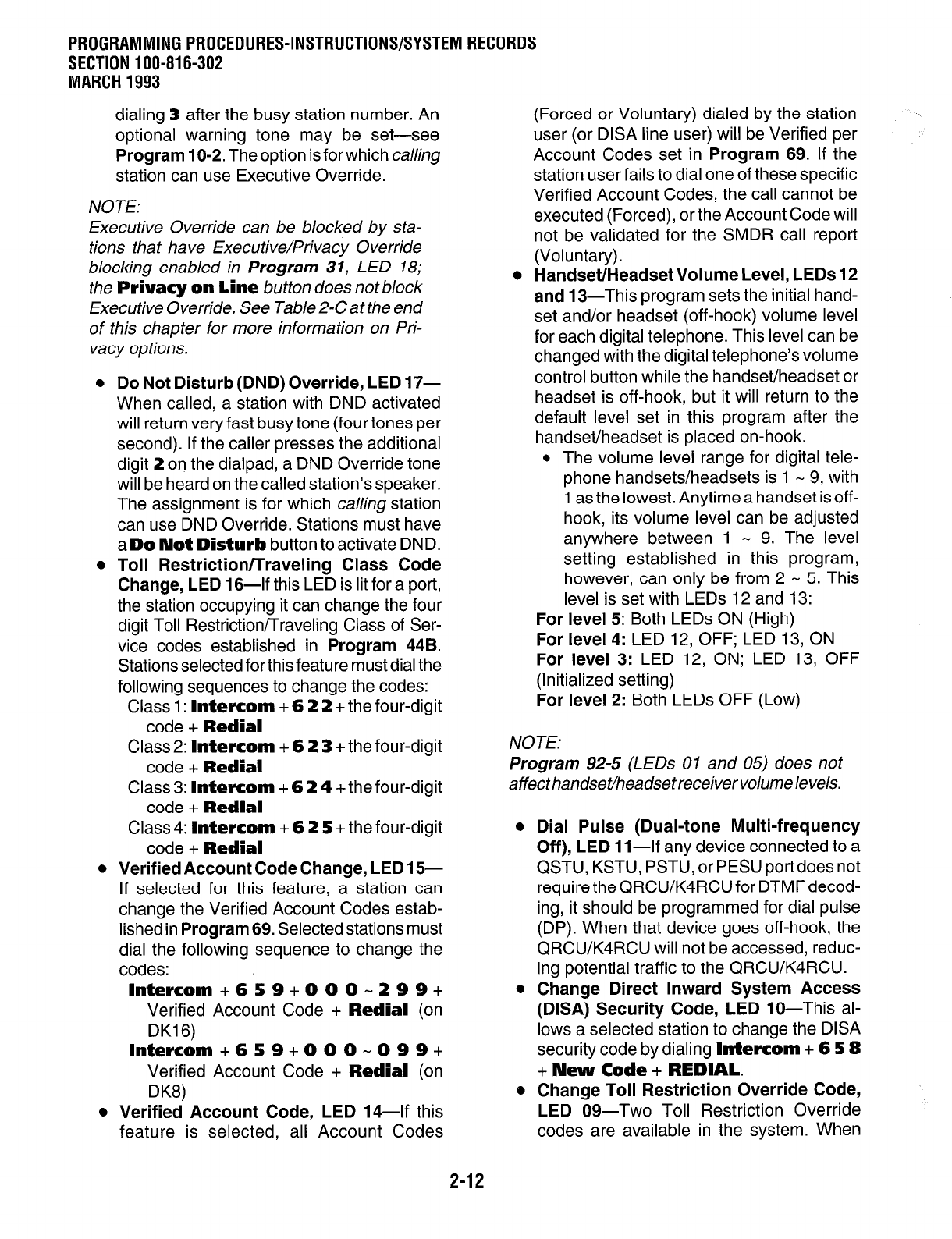
SECTION 100-816-302
MARCH 1993
dialing 3 after the busy station number. An
optional warning tone may be set-see
Program 1 O-2. The option is for which calling
station can use Executive Override.
NOTE:
Executive Override can be blocked by sta-
tions that have Executive/Privacy Override
blocking enabled in
Program 31,
LED 18;
the Privacy on Line button does not block
Executive Override. See Table 2-C at the end
of this chapter for more information on Pri-
vacy options.
0
0
Do Not Disturb (DND) Override, LED 17-
When called, a station with DND activated
will return very fast busy tone (four tones per
second). If the caller presses the additional
digit 2 on the dialpad, a DND Override tone
will be heard on the called station’s speaker.
The assignment is for which calling station
can use DND Override. Stations must have
a Do Not Disturb button to activate DND.
Toll Restriction/Traveling Class Code
Change, LED 16-If this LED is lit for a port,
the station occupying it can change the four
digit Toll Restriction/Traveling Class of Ser-
vice codes established in Program 44B.
Stations selected for this feature must dial the
following sequences to change the codes:
Class 1: Intercom + 6 2 2 + the four-digit
code + Redial
Class 2: Intercom + 6 2 3 + the four-digit
code + Redial
Class 3: Intercom + 6 2 4 + the four-digit
code + Redial
Class 4: Intercom + 6 2 5 + the four-digit
code + Redial
Verified Account Code Change, LED 15-
If selected for this feature, a station can
change the Verified Account Codes estab-
lished in Program 69. Selected stations must
dial the following sequence to change the
codes:
Intercom + 6 5 9 + 0 0 0 - 2 9 9 +
Verified Account Code + Redial (on
DKI 6)
Intercom + 6 5 9 + 0 0 0 - 0 9 9 +
Verified Account Code + Redial (on
DK8)
Verified Account Code, LED 14-If this
feature is selected, all Account Codes
2-12
(Forced or Voluntary) dialed by the station
user (or DISA line user) will be Verified per
Account Codes set in Program 69. If the
station user fails to dial one of these specific
Verified Account Codes, the call cannot be
executed (Forced), or the Account Code will
not be validated for the SMDR call report
(Voluntary).
Handset/Headset Volume Level, LEDs 12
and 13-This program sets the initial hand-
set and/or headset (off-hook) volume level
for each digital telephone. This level can be
changed with the digital telephone’s volume
control button while the handset/headset or
headset is off-hook, but it will return to the
default level set in this program after the
handset/headset is placed on-hook.
The volume level range for digital tele-
phone handsets/headsets is 1 - 9, with
1 as the lowest. Anytime a handset is off-
hook, its volume level can be adjusted
anywhere between 1 - 9. The level
setting established in this program,
however, can only be from 2 - 5. This
level is set with LEDs 12 and 13:
For level 5: Both LEDs ON (High)
For level 4: LED 12, OFF; LED 13, ON
For level 3: LED 12, ON; LED 13, OFF
(Initialized setting)
For level 2: Both LEDs OFF (Low)
NOTE:
Program 92-5
(LEDs 01 and 05) does not
affecthandset4headset receiver volume levels.
l
Dial Pulse (Dual-tone Multi-frequency
Off), LED 1 I-If any device connected to a
QSTU, KSTU, PSTU, or PESU port does not
require the QRCU/K4RCU for DTMF decod-
ing, it should be programmed for dial pulse
(DP). When that device goes off-hook, the
QRCU/K4RCU will not be accessed, reduc-
ing potential traffic to the QRCU/KLFRCU.
l
Change Direct Inward System Access
(DISA) Security Code, LED lo--This al-
lows a selected station to change the DISA
security code by dialing Intercom + 6 5 8
+ New Code + REDIAL.
e Change Toll Restriction Override Code,
LED 09-Two Toll Restriction Override
codes are available in the system. When




